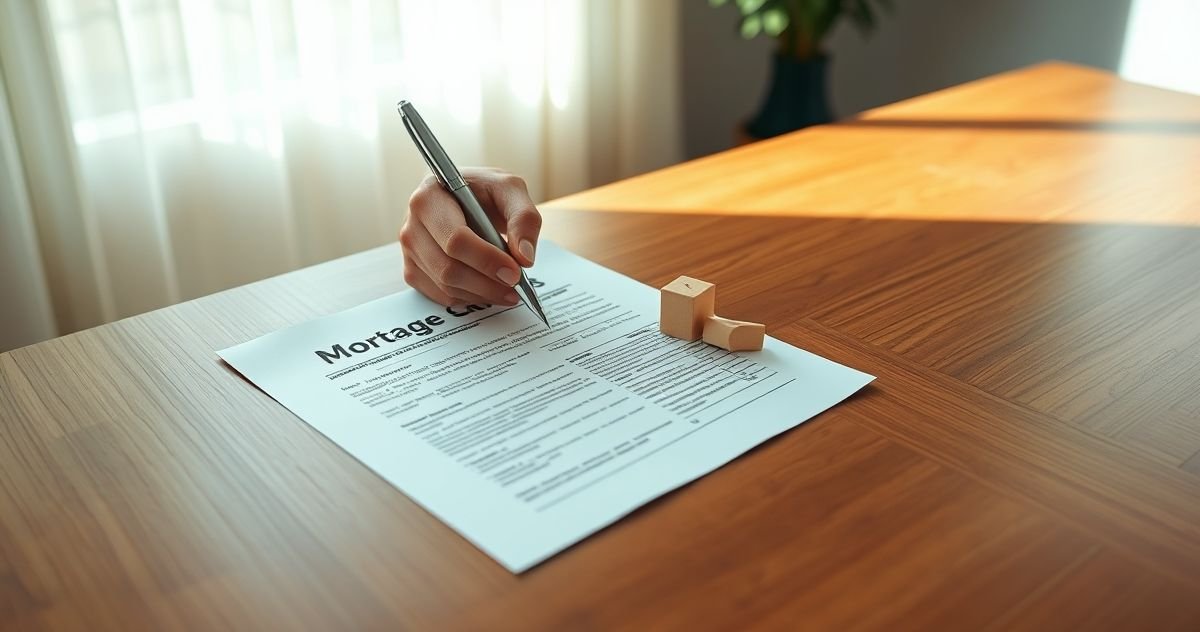Primary Goals of a Rate-and-Term Refinance
Homeowners pursue a rate-and-term refinance to improve their mortgage’s existing conditions without borrowing additional cash. The main objectives include:
- Secure a Lower Interest Rate: If market rates have dropped or your credit score has improved since you first bought your home, you may qualify for a lower rate. This reduces your monthly payment and the total interest you pay over the loan’s life.
- Shorten the Loan Term: If your income has increased, you might refinance from a 30-year loan to a 15-year loan. While this typically increases your monthly payment, it allows you to pay off the mortgage much faster and save a significant amount in total interest.
- Reduce the Monthly Payment: Besides securing a lower rate, you can lower your monthly payment by extending the loan term. For example, if you are 10 years into a 30-year mortgage, you could refinance into a new 30-year term. This resets the clock and lowers payments but will increase the total interest paid over time.
- Switch Loan Types: A rate-and-term refinance allows you to switch from an adjustable-rate mortgage (ARM) to a more stable fixed-rate mortgage, protecting you from future rate hikes.
- Eliminate Private Mortgage Insurance (PMI): If you have built sufficient equity and your loan-to-value (LTV) ratio is below 80%, you can use a refinance to get rid of costly private mortgage insurance (PMI) payments.
The Refinancing Process and Eligibility
The process for a rate-and-term refinance mirrors that of an original mortgage application. You will need to apply with a lender, who will then initiate the mortgage underwriting process. The lender evaluates several factors to determine your eligibility, including:
- Credit Score: A higher score generally leads to more favorable interest rates.
- Home Equity: Most lenders require you to have some equity in your home, often at least 20% for the best terms.
- Debt-to-Income (DTI) Ratio: Lenders review your debt-to-income ratio to ensure you can afford the new payments.
- Stable Income: Proof of consistent and reliable income is required to show you can handle the loan obligation.
Rate-and-Term vs. Cash-Out Refinance
It’s crucial not to confuse these two options. A rate-and-term refinance replaces your existing loan with a new one of a similar amount, purely to change the loan’s terms. In contrast, a cash-out refinance involves taking out a new, larger mortgage and receiving the difference between the new loan amount and your old mortgage balance in cash.
Costs and Considerations
Refinancing is not free. You must pay closing costs, which, according to the Consumer Financial Protection Bureau, typically range from 2% to 5% of the new loan principal. These fees include application fees, appraisal costs, and title insurance.
Before proceeding, calculate your “break-even point”—the month when your accumulated savings from the new loan surpass the closing costs. If you plan to sell the home before reaching that point, refinancing may not be financially beneficial.
For more detailed information, you can review the guide on refinancing your mortgage from the Consumer Financial Protection Bureau.

